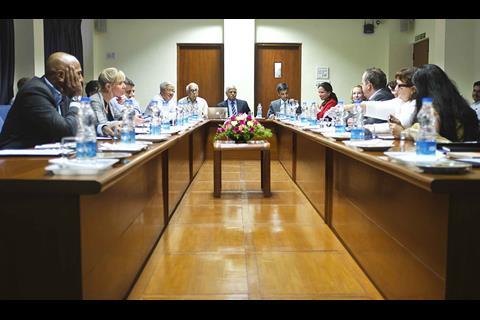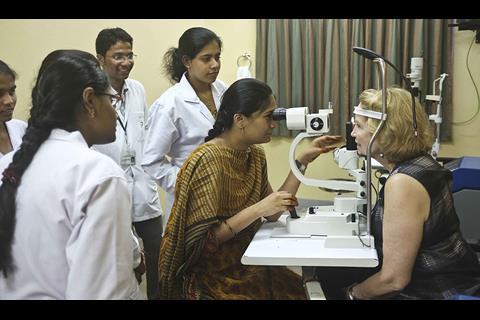In the second article in the Lessons from India series, Jim Easton finds out the reasons behind cost benefits of Indian providers.
While in India, I focused on trying to understand the root causes of the oft-quoted cost advantage of Indian providers. There seemed to me to be five factors; the first and the obvious one being the the pay differential.

‘Is our system of regulation in some areas eroding our ability to provide care?’
Second, working practices – with staff working six days and demanding rotas the order of the day. Of course we could not and would not want to introduce equivalent arrangements here – but it’s a clear reminder that in a people-driven industry getting the most from people is the biggest key to efficiency, and there was as much focus on staff engagement as there was on costs.
The third factor was business model innovation. None of the providers we saw were geographically limited: they had all designed a scaleable, asset-light business model with efficient centralised support enabling local care. The need to be big to be local was key and relevant as we think about new models of primary, secondary and integrated care in England.
Innovation not regulation
Fourth, product and procurement innovation. India is a country making its own stents, medical equipment and drugs at hugely reduced cost compared to us, and the data suggests equivalent outcomes. Is our system of regulation in these areas eroding our ability to provide care?
Fifth – and only fifth – some great service innovation. We saw some wonderful examples of carers being trained to provide care at discharge, and community outreach. These innovations are great, but to focus on them as the main driver of efficiency lessons from India is to look at the icing not the cake.
‘There was no perceived conflict between commercial success, good care and more care’
As the person in my previous role at the NHS Commissionign Board responsible for the quality, innovation, productivity and prevention programme, I was struck by the way organisations in India, with a mission of creating healthcare for a huge and diverse population, had no problem with cost effectiveness as a moral mission – it enabled more care. I am not sure we ever achieved this understanding in the UK as we grappled with the economic challenge.
Finally, in a country, where economic activity was everywhere at a frenetic rate, there was no perceived conflict between commercial success, good care and more care for the population. In fact, they were seen as essentially linked. This is an feeling I share in my new role.
Jim Easton is managing director at Care UK. Photos by John Illingworth, policy manager at the Health Foundation.
Lessons from India: how to improve care with limited resources

First dispatch from senior NHS leaders’ research trip
- 1
 Currently
reading
Currently
reading
Lessons from India: There's no conflict between good care and commercial success
- 3
- 4
- 5




































2 Readers' comments